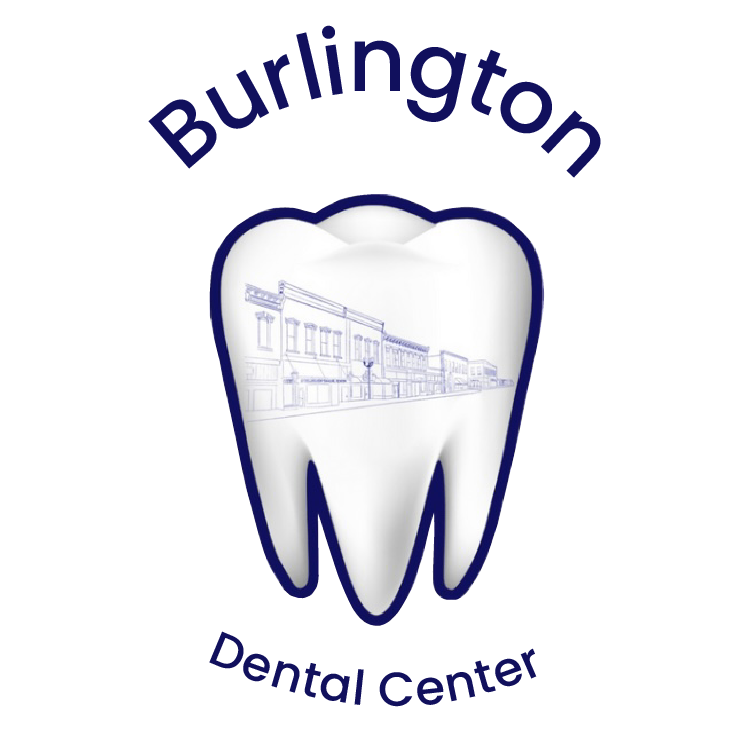
D3330 Dental Code [Meaning]
What is Dental Code D3330?
Dental code D3330 refers to a root canal therapy specifically for a molar tooth. This procedure is essential for treating problems within the soft core (dental pulp) of a molar, often necessary when the pulp becomes inflamed or infected due to deep decay, repeated dental procedures, cracks, or chips.
When and Why is D3330 Used?
The D3330 code is used when a molar tooth requires a root canal treatment.
Molars are more complex due to their multiple roots, making the procedure more intricate compared to front teeth. Understanding this code helps ensure that patients are billed correctly and that insurance claims are accurately processed.
Comparison with Other Codes:
D3310 (Anterior tooth): Involves root canal therapy on a front tooth, typically simpler due to the single root.
D3320 (Bicuspid tooth): Pertains to the premolars, which may have one or two roots, making the procedure moderately complex.
By using these specific codes, dental professionals can streamline the billing process and facilitate accurate insurance reporting, minimizing disputes and denials related to dental claims.
D3330 and Final Restorations
It's important to note that the D3330 dental code covers only the root canal procedure itself on a molar tooth and does not include any final restorations, such as the placement of a crown.
Procedure Steps Involved in a D3330 Code
A root canal on a molar tooth involves several intricate steps due to the complexity and accessibility of molar teeth. Here’s what typically happens during a D3330 coded procedure:
Anesthetic Administration: To ensure comfort, local anesthesia is applied to numb the affected area.
Access Opening: The dentist drills an opening in the crown of the molar to access the pulp chamber.
Pulp Removal: Infected or inflamed pulp is removed from the pulp chamber and root canals.
Canal Cleaning: The canals are cleaned, enlarged, and shaped to prepare for filling.
Filling the Canals: The cleaned canals are filled with a biocompatible material, usually gutta-percha.
Sealing and Restoration: The access hole is sealed with a temporary filling, and eventually, a crown is placed to restore the molar’s functionality and appearance.
Importance of Accurate Coding
Accurate dental coding is crucial for several reasons:
Billing Accuracy: Ensures that patients are billed for the exact services received, without errors that could lead to overcharges.
Insurance Claims: Accurate codes help prevent claim rejections from insurance companies, which are often due to discrepancies in the reported procedures.
Handling Insurance Claims with D3330
For dental professionals, familiarizing oneself with the nuances of dental codes like D3330 can significantly enhance the efficiency of claim processing.
For patients, knowing how to read and verify these codes on their bills and insurance forms can prevent financial discrepancies and ensure that they are covered as expected by their plans.
Final Thoughts
The D3330 dental code is essential for accurately categorizing and billing for molar root canal treatments.
Both patients and dental professionals benefit from a thorough understanding of this code, which ensures the smooth processing of insurance claims and helps maintain transparency in dental care costs.
As your next step, consider exploring more about how dental insurance works and ways to effectively manage your dental health expenses. This knowledge can save you from unexpected financial burdens and ensure your dental care is both effective and affordable.
* Though the author of this post is a licensed dentist in the state of Kansas, this information is provided for informational and educational purposes only. Please use your best judgment and contact emergency medical services in the event of an emergency.
